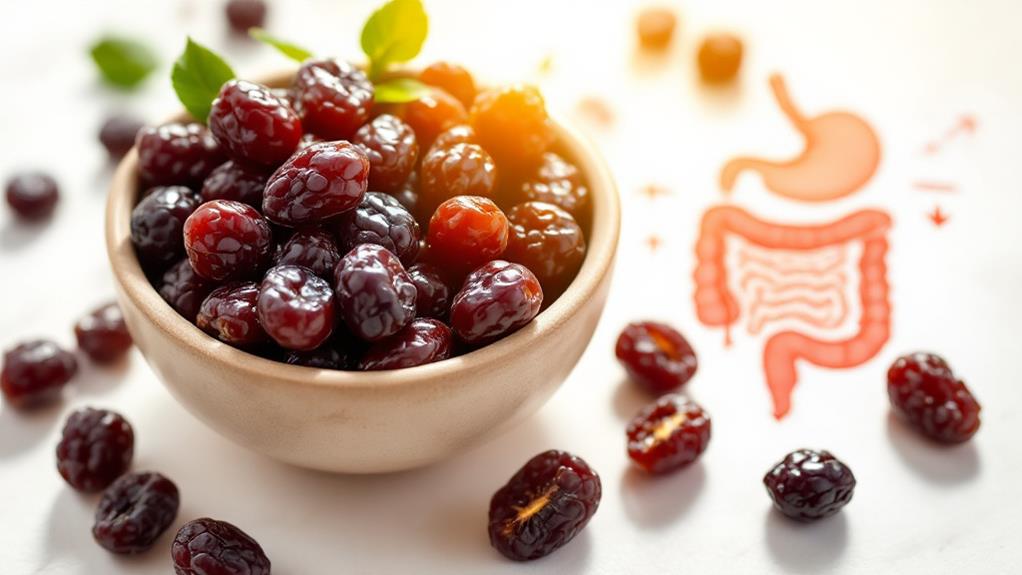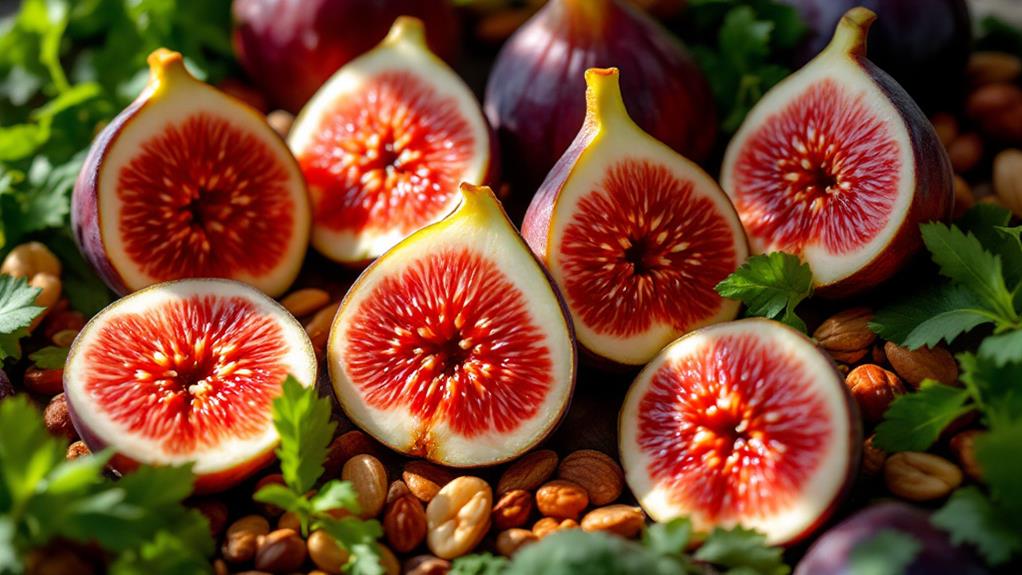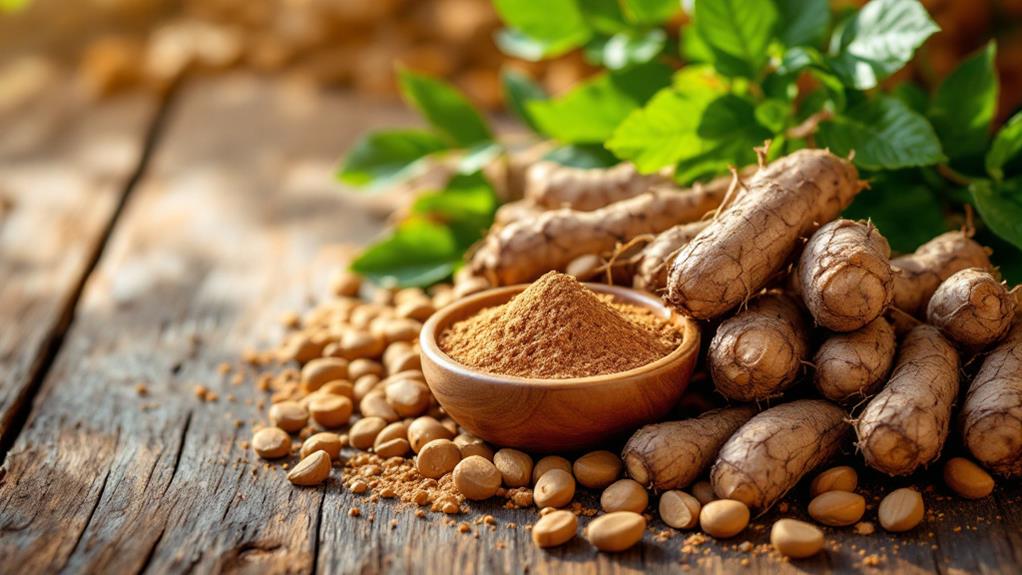Is Juicing Good or Bad for Your Health? Exploring the Pros and Cons
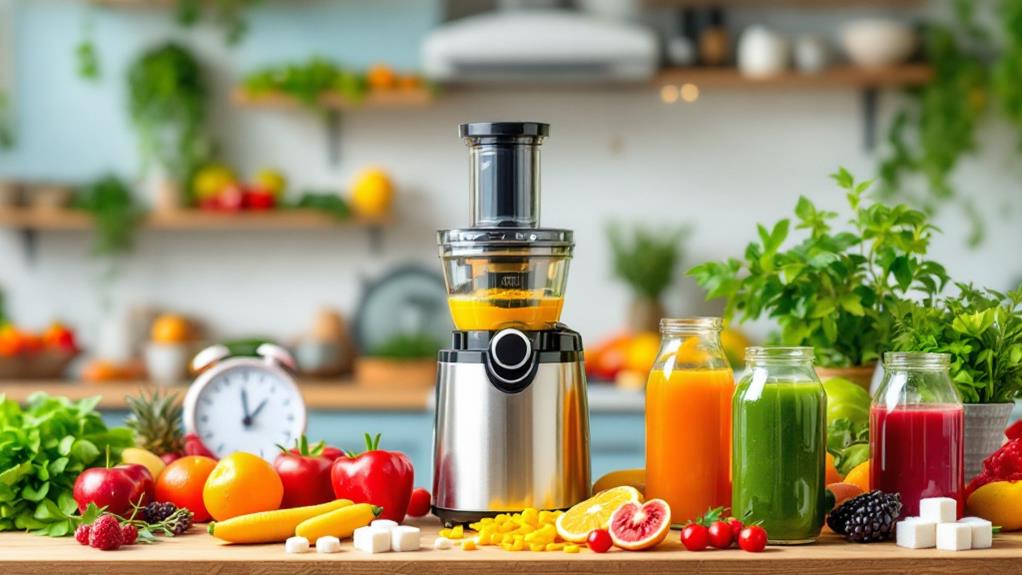
Juicing can enhance your nutrient intake by delivering concentrated vitamins from fruits and vegetables, perfect for those with digestive issues. However, juicing removes fiber, which impacts satiety and digestive health. This method can also pack more calories and sugars than you'd expect, especially from fruit juices. While it improves vitamin absorption and adds variety to your diet, it shouldn't replace whole foods. Fresh juices need prompt consumption to avoid bacterial risks and offer no proven detox benefits. Choosing between juicing and blending depends on your dietary goals. There's more to explore about balancing juicing with a healthy diet.
Understanding Juicing Basics
In the domain of healthy eating, juicing stands out as a popular method for extracting the liquid essence from fruits and vegetables. When you juice, you're tapping into a concentrated source of vitamins and minerals. While it can be an excellent supplement to a healthy diet, it's crucial to understand the pros and cons. Juicing offers quick nutrient absorption, which can be beneficial for those with digestive issues. However, it removes the pulp and fiber that whole foods provide, vital for digestive health and satiety.
One of the key advantages of juicing is that freshly made juices typically retain more nutrients compared to their commercially produced counterparts, which might contain additives and undergo pasteurization. Despite these benefits, there are potential downsides. Some juices can be high in calories and sugar, sometimes exceeding 100-180 calories per 8-ounce serving. This can be a concern if you're watching your calorie intake.
Ultimately, while juicing can boost your hydration and nutrient intake, it shouldn't replace whole foods. Balancing juicing with fiber-rich foods can help maintain a healthy diet. Understanding these basics guarantees you can incorporate juicing into your lifestyle effectively.
Nutritional Insights of Juicing
Exploring the nutritional insights of juicing reveals a blend of benefits and considerations. Juice is a quick way to enhance your intake of vital vitamins and minerals, especially those often missing from typical diets like vitamins A, C, potassium, folate, and magnesium. These nutrients found in fresh juices can support your immune system and contribute to a healthy lifestyle. However, while you might enjoy these benefits, juices usually lack the fiber, protein, and healthy fats present in whole fruits and vegetables. This absence could impact your digestive health negatively if juices replace these whole foods in your diet.
Freshly made juice retains more of its nutritional value compared to store-bought options, which often lose nutrients through pasteurization. However, it's significant to keep in mind that juices can be calorie-dense, with 100-180 calories per 8-ounce serving due to concentrated sugars. Hence, mindful portion control plays a key role in maintaining a healthy diet and managing your daily caloric intake. It's best to view juicing as a supplement to, rather than a replacement for, the variety of nutrients a balanced diet offers. Over-reliance on juice could lead to nutrient deficiencies and negate the potential health benefits of a diverse fruit and vegetable intake.
Health Benefits Explored
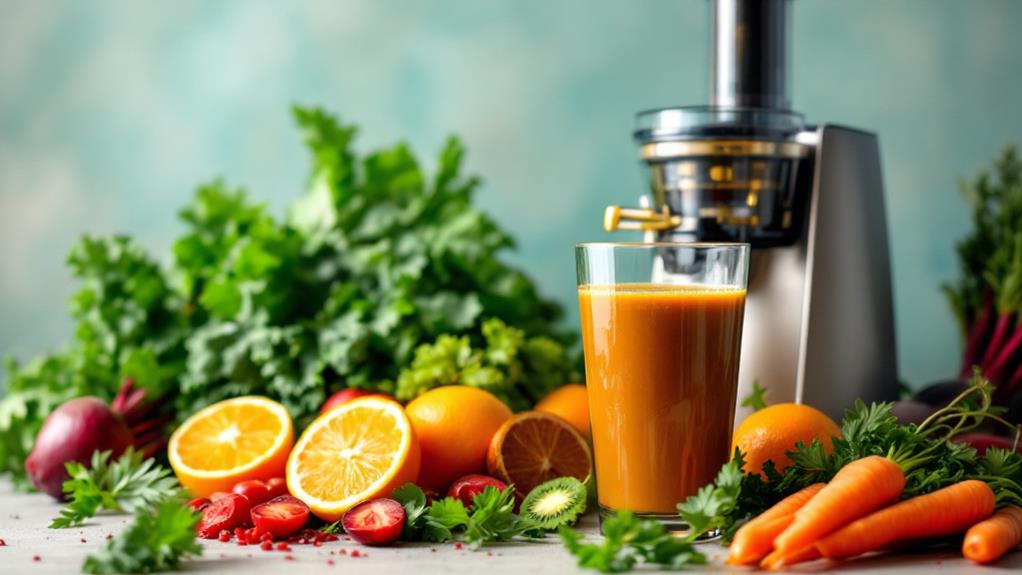
Juicing offers a unique way to improve your intake of crucial nutrients while addressing common dietary gaps. By drinking juice from fresh fruits and vegetables, you can easily elevate your intake of fundamental vitamins and minerals like vitamin C, potassium, and magnesium. These nutrients are key players in maintaining a healthy diet and can contribute to comprehensive well-being. For children and adolescents, incorporating juicing can improve diet quality and help them meet their nutritional needs.
One of the standout benefits of juicing is its potential to facilitate nutrient absorption. Without the dietary fiber, nutrients are digested more quickly, which can be advantageous for those with digestive issues. This can also support weight loss efforts by allowing you to enjoy nutrient-rich, lower-calorie vegetable juices, which might help stabilize blood sugar levels and promote a healthier balance in your diet.
Regularly drinking juice can also serve as a preventive measure against chronic diseases. The phytonutrients found in vegetable-based juices offer antioxidant and anti-inflammatory benefits, supporting long-term health. While whole fruits and vegetables remain significant, juicing provides a convenient way to incorporate a diverse range of produce into your diet.
Addressing Health Concerns
While juicing can be a convenient way to consume nutrients, it's vital to be aware of the health concerns that come with it. The juicing process often strips away fundamental nutrients like fiber, protein, and healthy fats found in whole foods, making it unsuitable as the sole component of a healthy diet. Over-reliance on juices can lead to malnutrition and digestive issues, so it's important to maintain a balanced diet by incorporating whole foods.
Here are some key concerns to keep in mind:
- High Sugar Content: Juices, especially fruit-based ones, can have high sugar content, causing spikes in blood sugar levels. This is a particular concern for individuals with diabetes or insulin resistance.
- Detoxification Claims: Many juice cleanses boast detoxification claims that lack scientific backing. They might offer short-term weight loss, but this is often regained quickly once normal eating resumes.
- Bacterial Contamination: Freshly made juices should be consumed right away to avoid bacterial contamination. Commercial juices should be pasteurized for safety.
- Inadequate Nutrition: Relying solely on juices can result in inadequate intake of vital nutrients, highlighting the importance of a diversified diet.
Balancing juice with whole foods guarantees a more thorough nutrient intake.
Juicing vs. Blending
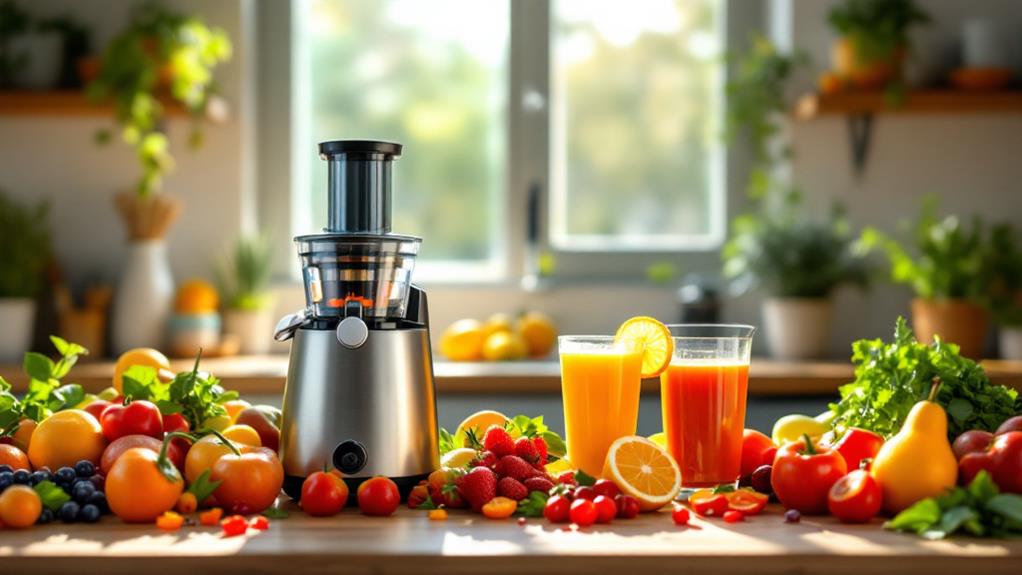
When deciding between juicing and blending, understanding their distinct processes helps you make an informed choice for your nutritional needs. Juicing involves extracting the liquid from fruits and vegetables, resulting in a smooth drink that's low in fiber but rich in vitamins and minerals. This makes juices easier to digest, perfect for those with digestive issues or on low-fiber diets. However, you might miss out on the fiber benefits vital for digestive health.
On the other hand, blending incorporates whole fruits and vegetables, creating smoothies that retain their fiber and phytonutrients. This fiber content can promote greater satiety and potentially aid in weight management by keeping you fuller longer. Blending also allows for a more balanced intake of nutrients, as you can add healthy fats and proteins, like nuts or seeds, to your smoothies.
Both juicing and blending can enhance your intake of fruits and vegetables, but your choice depends on your nutritional goals. If you need a quick vitamin lift without fiber, juicing is ideal. For a more balanced nutrient intake and digestive health benefits, blending might be the way to go. Choose according to your specific dietary needs.

